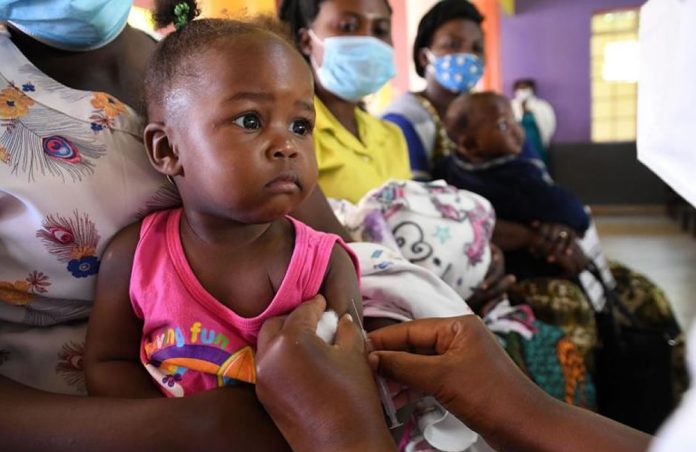The media, being one of the key partners, the Ministry of Health of Uganda and its partners have implored the media to support their efforts towards strengthening routine immunization coverage countrywide.
Journalists from the print, electronic and online media were oriented and sensitized on delivering appropriate educational messages to the public on the benefits of immunization.
The Deputy Programs Manager UNEPI, Dr. Henry Luzze told journalists that there are 12 immunizeable diseases and government is planning an additional thirteenth vaccine to protect all Ugandan children. The 12 immunizeable diseases are: Tuberculosis, Poliomyelitis, Whooping cough, Diphtheria, Tetanus Measles, Neonatal Tetanus, Hepatitis B infections, H. Influenza infection, Cancer of cervix, Pneumococcal infections, Rotavirus. Government introduced Injectable Polio Vaccine (IPV) into routine immunization in early 2016. “Injectable Polio Vaccine will not replace Oral Polio Vaccine (OPV) but is an additional vaccine to strengthen routine immunization.” Dr. Luzze stressed.
IPV is a very effective and safe vaccine that added protection when given together with the oral polio vaccine. Dr. Luzze said that IPV will be administered to all children at 14 weeks of age together with other vaccines given at that age (1- given by mouth and 2 by injection) at all health facilities currently providing routine immunization services through health facilities based or outreach posts in the communities.
The Acting Commissioner in-charge of Community Health, Dr. Paul Kaggwa, underscored the strengths of immunization. “Immunization is recognized as one of the cost effective public health interventions that can enhance achievements of the Sustainable Development Goals.” He noted. Vaccination is one of the key strategies that the Ministry of Health is implementing in its roadmap to the attainment of the Millennium Development Goal four, which is the reduction of child mortality by two thirds and Sustainable Development Goal three, which is good health and well- being. Currently, the sector has made good progress in child immunization increasing from DPT3 coverage of 52 percent in 2012 to current coverage of 97 percent.
In 2014, World Health Organization (WHO) declared the completion of polio eradication by 2020 and came up with the polio end game strategy. One of the polio endgame strategies is to introduce Injectable Polio Vaccine (IPV) into routine immunization programs in all countries by 2016. In 2014, Pneumococcal conjugate vaccine (PVC) that protects children against pneumonia was introduced into routine immunization and in 2015, Human Papilloma Virus (HPV) vaccine that prevents cancer of the cervix was introduced for 10 year old girls mostly those in primary four classes.
The Uganda government is in the final process to introduce Rota Virus Vaccine to protect children against diarrhea caused by the Rota virus. Government continues to provide vaccines for effective routine immunization to take place and commits itself towards the Global Polio Eradication Initiative.

















